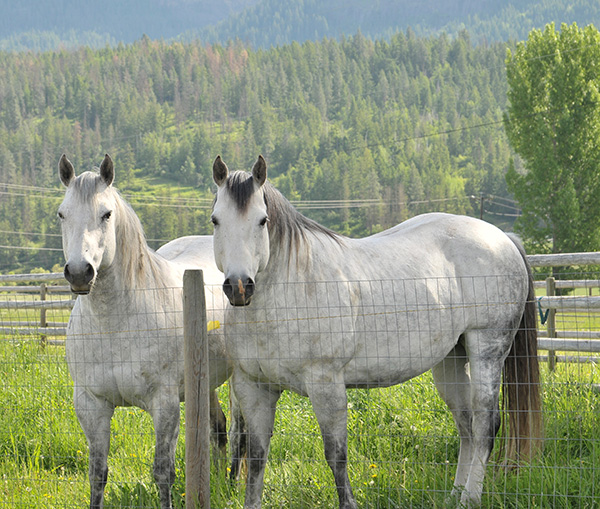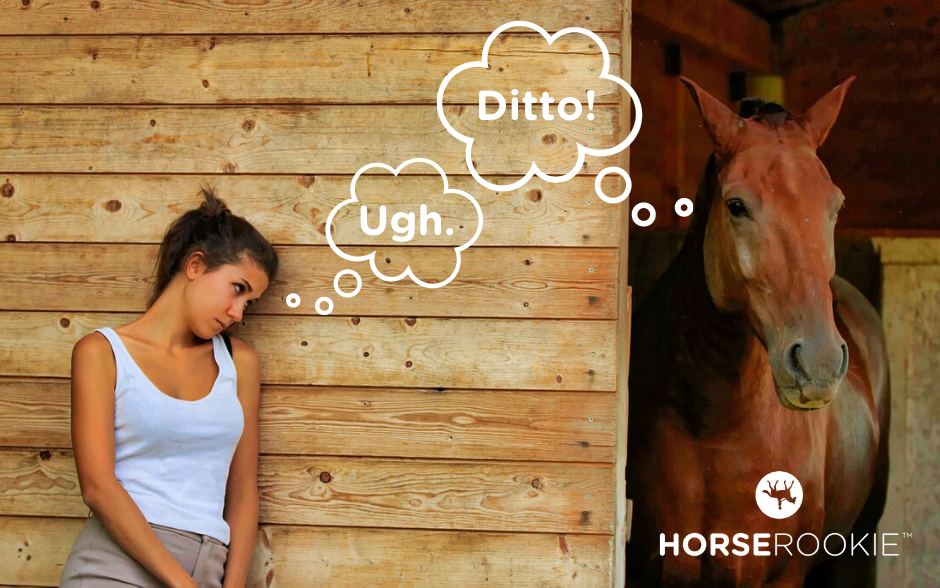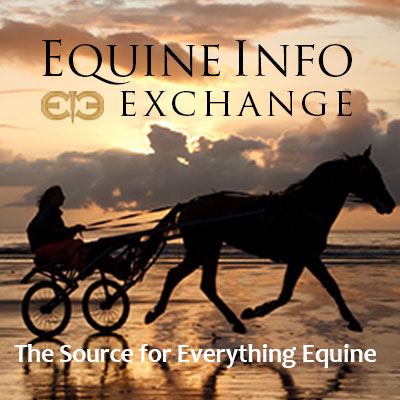Health & Education
We all want the best care possible for our horses. The Heath & Education section covers both Learning Institutions, Organizations as well as many sources for equine assistance including Veterinarians and Farriers.
For those who want a to formally study horses, the Education section includes College Riding, Equine Studies, and Veterinary Schools. Learn about the wide variety of horses in the Horse Breeds section. Supplements and Treatments Therapy are also included in the section.
Everyone can learn from Fine Art and there are some specialty Museums that might surprise you.
Horses as a therapy partner enrich the lives of the disabled. These facilities are listed in our Therapeutic Riding section. To help children and young adults build confidence and grow emotionally, please see the resources available on the Youth Outreach page.
Looking for a place to keep your horse? You can find it in the Horse Boarding section. Traveling? Find a Shipping company or Horse Sitting service if your horse is staying home!
Want to stay up to date with the latest training clinics or professional conferences? Take a look at our Calendar of Events for Health & Education for the dates and locations of upcoming events.
Do we need to add more? Please use the useful feedback link and let us know!

Yes, it's what you think it is! Receiving fecal material from a healthy donor is in the news for people these days. [click on "download PDF" to get the complete article]. It has been approved by the FDA as a method to help restore normal gut flora in situations where there is an overgrowth of harmful organisms like Clostridia.
There is now a company offering fecal transplants for dogs and cats - AnimalBiome. In humans, the prepared fecal transplant is usually deposited directly into the colon to avoid inactivation in the stomach. For the pets, enteric coated capsules are used to dose orally. This is easy to administer to a dog or cat by hiding the capsule inside a bite of meat or butter because these animals will swallow whole without chewing.
As with humans, donors are screened for general and digestive health. Their feces are also tested for harmful bacteria and parasites.
Oral delivery dates back to 4th Century China in people and 17th Century Italy in animals. Transplantation of rumen contents is a well established practice in bovine medicine. It has also been used sporadically in horses. I remember straining fluid from the contents of the cecum of recently deceased horses for administration by stomach tube to horses.

What to do when happily ever after… isn’t.
by Horse Rookie
A healthy horse and rider partnership is a thing of beauty. Mutual respect, trust, and affection abound. Each partner brings complementary skills to the arena and feels safe and valued.
On the flip side, few things are harder to watch (or experience) than someone trying to “make it work” with the wrong horse. Frustration, hurt feelings, and anxiety abound. Each partner senses something is “off” and is unable to meet the needs of the other in a productive way.
Life isn’t like Equine Tinder — we can’t simply “swipe left” and move onto the next candidate.
You may own or lease the horse in question, or you may be limited to a certain lesson horse. Maybe it’s the only horse you could afford, or perhaps it was perfect for you… five years ago.
If you’re stuck in the wrong (equine) relationship, you can make things better for you and your horse. (After all, chances are your horse has also wondered “Do I have the wrong person?”)
What Kinda Wrong
No two riders or horses are the same, and there are countless factors that might be contributing to your woes.
I’m reminded of the Chris Cagle song What Kinda Gone. It’s important to identify “what kinda wrong we’re talkin’ ‘bout’ here” before deciding what to do next.
- Gratitude & Horses: Healing the Cracked Places
- From the Research Farm to Your Feed Room: Applying Study Results to Improve KER EO-3
- Neuromuscular Support Nutrients
- The Roadmap to PTSD in Horses
- Is Your Horse Happy and Comfortable? Find Out with This Simple Body Exploration
- Appaloosa - The Most Beautiful Horse Breed in the World
- Stress and Your Horse's Brain
- Horse Training Power Tip: Loading Difficult Horses Into Trailers
- Electrolyte Problems in Endurance Horses
- U.S. Rep. Steve Cohen Ushers Horse Transportation Safety Act to Passage
- A Vet’s Guidance for Saving Horses in Need, Plus Training Your Eye to Nail the Distance
- Grazing the Metabolic Horse
- Disaster Preparedness
- Need Help Reopening Your Equine Business Amidst Covid-19? Barton Rodgers TempDefend™ Sensor Solution is Your Answer!
- Why I Did the Mustang Makeover—and Why I’d Do It Again
- Improve the Horse’s Balance, Movement, and Self-Carriage with These Easy Tail Exercises
- Q&A: Managing Arthritis in Horses
- The Benefits of Riding to Music
- How to Feed a Severely Neglected Rescue Horse
- Josh Lyons with Lyons Legacy Partner With Horses in Need

































